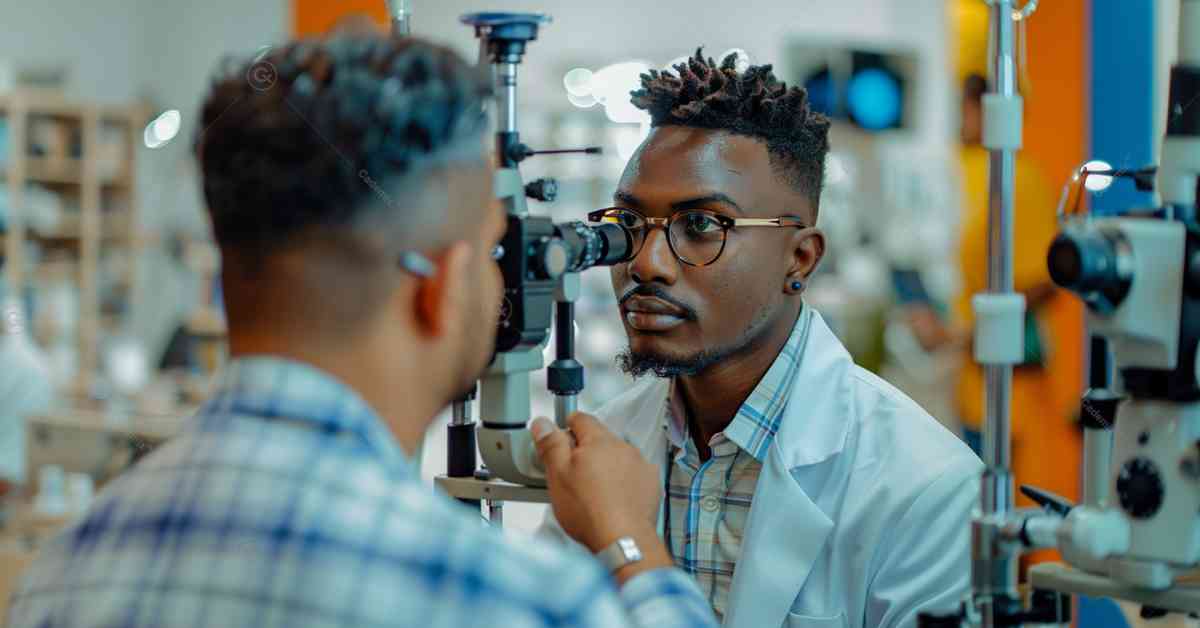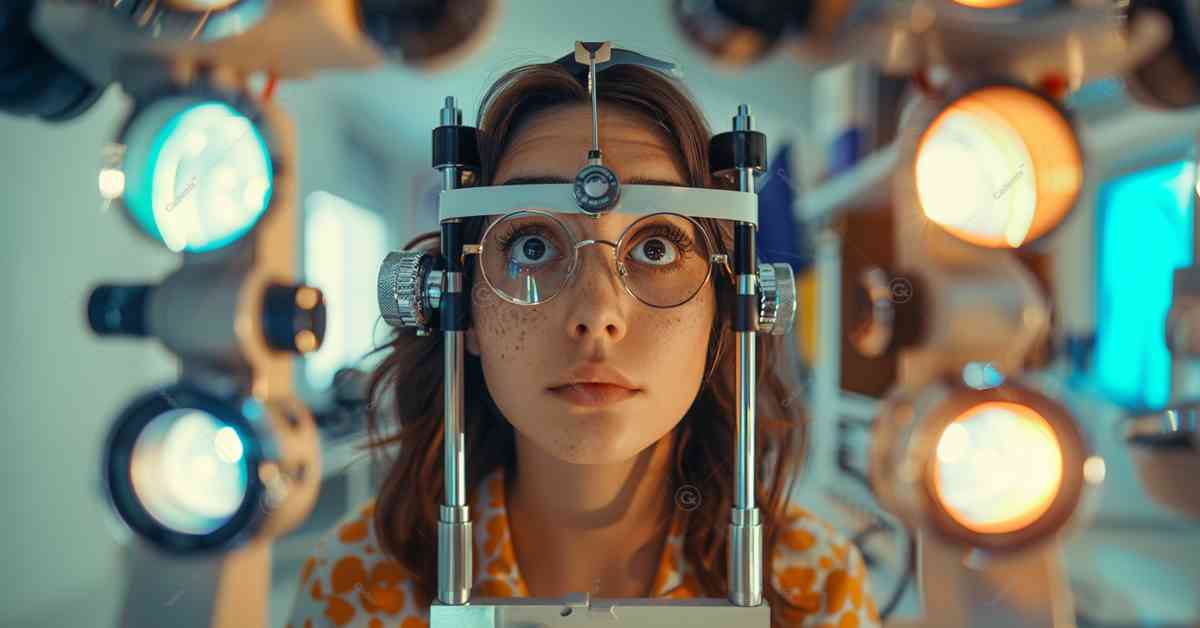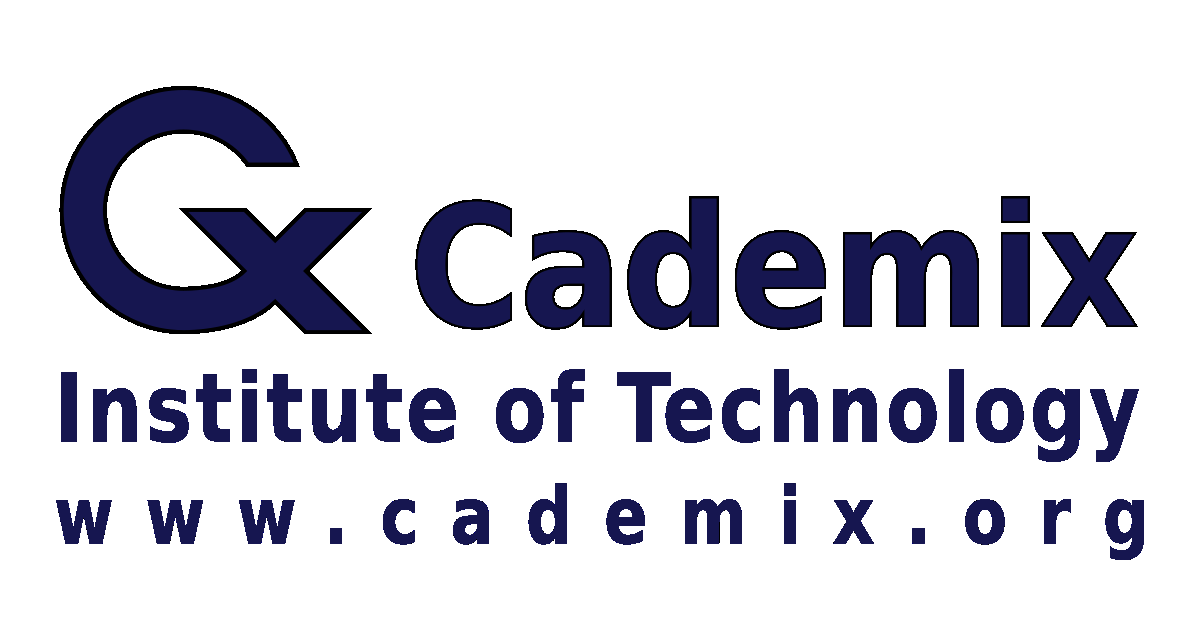Proper eye care is essential for maintaining healthy vision and overall well-being. This comprehensive guide provides detailed insights into various aspects of eye care, from routine check-ups to advanced treatments and preventive measures.
By Jom Johnson
eye care, eye health, vision health, eye exams, eye conditions, eye diseases, vision correction, eye surgery, preventive eye care, eye care tips
The Importance of Eye Care
Understanding the Basics of Eye Care
Eye care encompasses a range of practices aimed at maintaining the health of your eyes and ensuring optimal vision. Regular eye check-ups, proper nutrition, protective measures, and timely treatment of eye conditions are all integral components of comprehensive eye care.
The Impact of Vision Health on Quality of Life
Good vision is critical for daily activities, from reading and driving to recognizing faces and enjoying hobbies. Poor vision can significantly impact your quality of life, leading to difficulties in performing routine tasks and potentially causing accidents.
Routine Eye Exams: The Foundation of Eye Care
Frequency of Eye Exams
Regular eye exams are crucial for early detection of eye conditions and ensuring that your vision correction needs are met. For adults, it is recommended to have a comprehensive eye exam every two years, or annually if you are over 60 or have risk factors such as diabetes or a family history of eye diseases.

What to Expect During an Eye Exam
During a comprehensive eye exam, an eye care professional will assess your vision and check for common eye problems. Tests may include:
- Visual acuity test to measure how clearly you see.
- Refraction assessment to determine your prescription for glasses or contact lenses.
- Slit-lamp examination to check the health of the front part of your eye.
- Retinal examination to look at the back of your eye.
- Intraocular pressure measurement to screen for glaucoma.
Common Eye Conditions and Their Management
Refractive Errors: Nearsightedness, Farsightedness, and Astigmatism
Refractive errors occur when the shape of your eye prevents light from focusing correctly on the retina. The most common types are:
- Nearsightedness (Myopia): Difficulty seeing distant objects clearly.
- Farsightedness (Hyperopia): Difficulty seeing close objects clearly.
- Astigmatism: Distorted or blurred vision at any distance.

These conditions can be corrected with glasses, contact lenses, or refractive surgery such as LASIK.
Glaucoma: The Silent Thief of Sight
Glaucoma is a group of eye diseases that damage the optic nerve, often due to high intraocular pressure. It can lead to irreversible vision loss if not treated early. Management includes medications, laser treatments, or surgery to lower eye pressure.
Cataracts: Clouding of the Lens
Cataracts cause the lens of the eye to become cloudy, leading to blurred vision. They are common in older adults and can be treated with cataract surgery, where the cloudy lens is replaced with an artificial one.
Age-Related Macular Degeneration (AMD)
AMD affects the macula, the part of the retina responsible for central vision. It can cause significant vision loss in people over 50. Treatments include lifestyle changes, medications, and laser therapy to slow the progression of the disease.
Diabetic Retinopathy
Diabetic retinopathy is a complication of diabetes that affects the blood vessels in the retina. It can cause vision loss and is managed through blood sugar control, laser treatments, and injections.
Vision Correction Options
Glasses and Contact Lenses
Prescription glasses and contact lenses are the most common methods of vision correction. They are tailored to your specific refractive error and can significantly improve your quality of life.
Refractive Surgery
Refractive surgery, such as LASIK and PRK, reshapes the cornea to correct refractive errors. These procedures can reduce or eliminate the need for glasses or contact lenses.

Orthokeratology
Orthokeratology involves wearing specially designed contact lenses overnight to temporarily reshape the cornea and improve vision during the day. It is an option for mild to moderate myopia.
Advanced Eye Care Technologies
Diagnostic Tools
Modern eye care utilizes advanced diagnostic tools to provide accurate and early detection of eye conditions. These include:
- Optical Coherence Tomography (OCT): Provides detailed images of the retina.
- Fundus Photography: Captures images of the back of the eye.
- Corneal Topography: Maps the surface curvature of the cornea.
Laser Treatments
Laser technology is used in various eye treatments, including LASIK for vision correction, laser trabeculoplasty for glaucoma, and photocoagulation for diabetic retinopathy.
Artificial Intelligence in Eye Care
AI is being integrated into eye care to enhance diagnostic accuracy and patient management. AI algorithms can analyze imaging data to detect early signs of diseases like diabetic retinopathy and AMD.
Preventive Measures for Healthy Eyes
Nutrition and Eye Health
A balanced diet rich in vitamins and nutrients can support eye health. Key nutrients include:
- Vitamin A: Essential for good vision and overall eye health.
- Vitamin C: Helps prevent cataracts and supports the health of blood vessels in the eye.
- Vitamin E: Protects the eyes from oxidative stress.
- Omega-3 Fatty Acids: Found in fish, these are beneficial for retinal health and may reduce the risk of dry eyes.
Protective Eyewear
Wearing protective eyewear can prevent eye injuries. This includes safety glasses for work-related hazards, sports goggles for athletes, and sunglasses that block 100% of UVA and UVB rays.
Managing Screen Time
Prolonged screen time can lead to digital eye strain. To alleviate this, follow the 20-20-20 rule: every 20 minutes, look at something 20 feet away for at least 20 seconds.

Regular Exercise
Regular physical activity improves blood circulation, which is beneficial for eye health. It also helps in managing conditions like diabetes and high blood pressure, which can affect the eyes.
Children’s Eye Care: Special Considerations
Importance of Early Eye Exams
Early eye exams are crucial for detecting vision problems that can affect a child’s development and learning. The American Optometric Association recommends comprehensive eye exams at 6 months, 3 years, and before starting school.
Common Pediatric Eye Conditions
- Amblyopia (Lazy Eye): A condition where one eye has reduced vision because it and the brain are not working together properly.
- Strabismus (Crossed Eyes): Misalignment of the eyes, which can lead to double vision and affect depth perception.
- Myopia: Increasingly common in children, myopia can be managed with glasses, contact lenses, or orthokeratology.
Promoting Healthy Vision in Children
Encourage outdoor activities, limit screen time, and ensure a balanced diet to support your child’s eye health. Regular eye exams are essential for early detection and treatment of vision problems.
Senior Eye Care: Addressing Age-Related Changes
Regular Eye Exams for Seniors
As you age, the risk of eye diseases increases. Regular eye exams are critical for early detection and management of age-related eye conditions such as cataracts, glaucoma, and AMD.
Managing Age-Related Eye Conditions
- Cataract Surgery: Highly effective in restoring vision.
- Glaucoma Treatment: Regular monitoring and treatment to control eye pressure.
- AMD Management: Lifestyle changes, medications, and vision aids to help cope with vision loss.
Vision Aids and Low Vision Rehabilitation
For those with significant vision loss, vision aids such as magnifiers, special glasses, and electronic devices can help maintain independence. Low vision rehabilitation provides training on how to use these aids effectively.

Eye Care Myths and Facts
Myth: Reading in Dim Light Damages Your Eyes
Fact: Reading in dim light does not damage your eyes, but it can cause eye strain. Ensure adequate lighting to reduce strain and make reading more comfortable.
Myth: Carrots Are the Best Food for Eye Health
Fact: While carrots are good for your eyes due to their vitamin A content, a balanced diet with a variety of nutrients is essential for overall eye health.
Myth: Wearing Glasses Weakens Your Eyes
Fact: Wearing glasses does not weaken your eyes. They correct your vision and help you see clearly, which can actually reduce eye strain.
Eye Care Tips for Maintaining Healthy Vision
Follow a Balanced Diet
Eat a diet rich in fruits, vegetables, fish, and nuts to support your eye health. Foods high in antioxidants, like leafy greens and citrus fruits, are particularly beneficial.
Stay Hydrated
Proper hydration is essential for maintaining healthy eyes. Drink plenty of water to keep your eyes moist and reduce the risk of dry eyes.
Get Regular Sleep
Adequate sleep is crucial for overall health, including your eyes. It helps reduce eye strain and allows your eyes to recover from the day’s activities.
Practice Good Hygiene
Avoid touching your eyes with dirty hands, and follow proper hygiene practices when using contact lenses to prevent infections.
Conclusion
Comprehensive eye care is vital for maintaining good vision and overall health. Regular eye exams, a balanced diet, protective measures, and staying informed about eye conditions and treatments are essential steps to ensure your eyes stay healthy. For expert eye care services, visit our clinic and explore our Acceleration Program, which includes CV reviews and specialized further education. Contact us today to schedule your appointment and take proactive steps towards preserving your vision.
Explore our Acceleration Program and consultancy services: Cademix Institute of Technology
For more information on eye care: American Academy of Ophthalmology
Discover advanced treatments and eyewear options at: Eye Clinic Vienna

